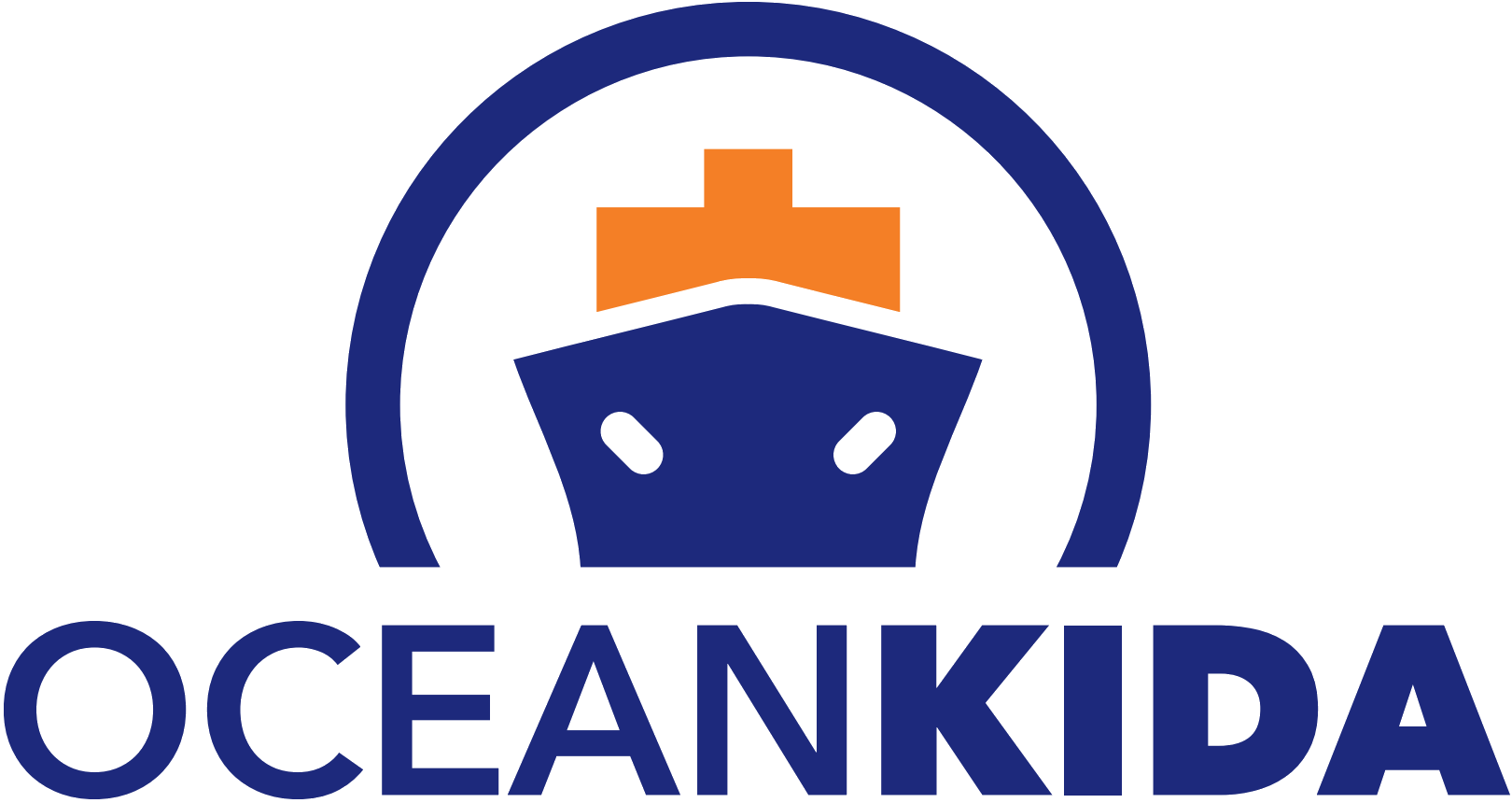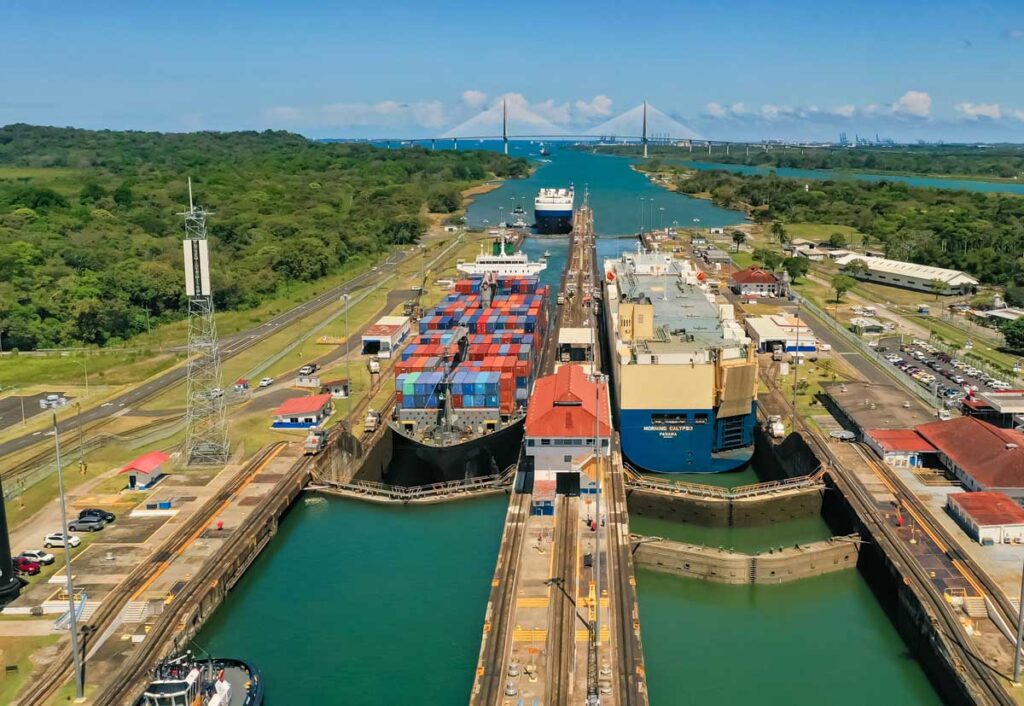The Panama Canal Authority is postponing planned reductions in daily transits, set to begin next month, due to slight improvements in reservoir water levels. Simultaneously, adjustments are being made to the reservation system. This development is welcomed by the shipping industry, facing vessel diversions amid concerns over conflict in the Red Sea impacting a critical alternate route.
The changes involve restoring two slots removed from daily transits, bringing the total to 24 daily transits from January 2024. Currently, the Panama Canal allows 22 transits, distributed with six at the Neopanamax locks and 16 at the Panamax locks. The original plan aimed to reduce slots to 20 in January and further to 18 in February. The recent announcement allows for an increase of six daily slots, adding 30% from the previously projected low starting in February.
Despite November’s rainfall being less adverse than forecasted, the Panama Canal Authority emphasizes positive outcomes from water-saving measures, including recycling and short locking. However, October 2023 was the driest October on record in Panama, contributing to 2023 becoming the second driest year in the history of the Panama Canal watershed.
The decision to reverse anticipated restrictions is also driven by business considerations, as the canal experiences declining revenues. Shipping companies have criticized long delays for ships without reservations and the rising cost of slots in daily auctions. The overall wait time has decreased, with an average of 5.4 days northbound and 7.9 days southbound for vessels arriving without reservations in the past 30 days. Currently, 23 vessels are waiting without reservations, and 41 have slots booked.
To address concerns, adjustments are being made to the reservation system. One additional slot will be added for Neopanamax locks starting January 16, and two slots will be added for Panamax locks reservations starting mid-January. Other changes include limiting one booking slot per customer per date and prioritizing full container vessels. The aim is to provide a more equitable distribution of slots and increase the chances for companies to obtain reservations.
The Panama Canal Authority will closely monitor water levels and retains the right to further adjust operations. The goal is to alleviate frustration and facilitate the transit of more vessels through the Panama Canal on a daily basis.
OceanKida is committed to consistently sharing the latest news and updates about Panama’s maritime industry to help our clients stay informed and ahead of the curve. As a trusted ship chandler, we provide insights on industry trends, technological advancements, and regulatory changes that directly impact maritime operations. Our goal is to not only supply your vessels but to support your success by delivering knowledge that enhances safety, efficiency, and compliance.




